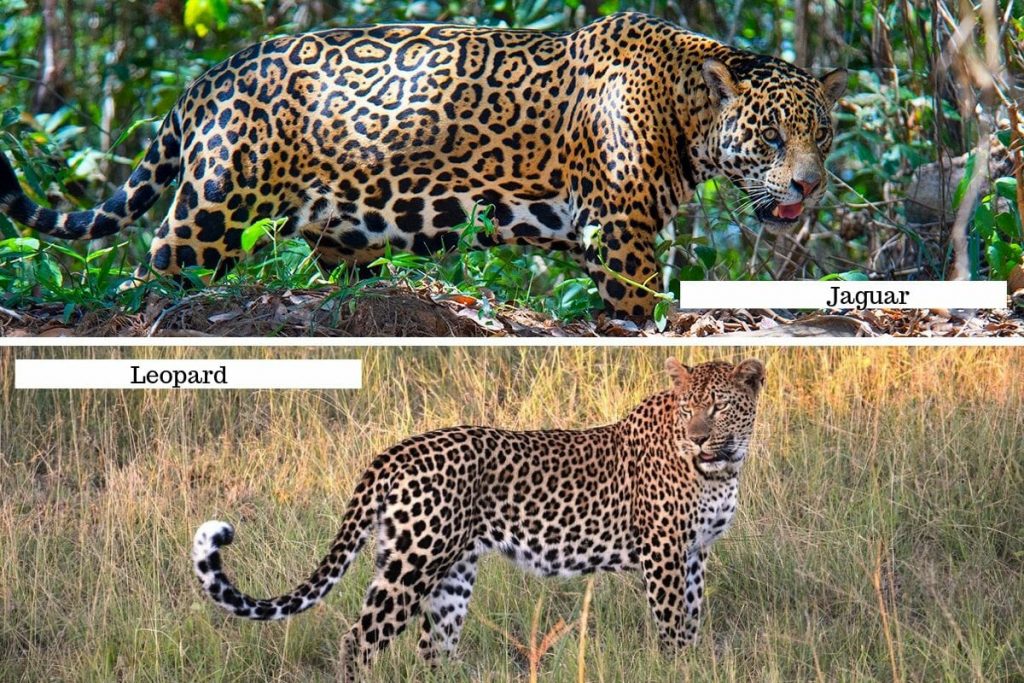Jaguar: The Elusive Big Cat
Adorable, huh? How about the largest New World cat family member (Felidae)?After tigers and lions, jaguars are the largest big cat species worldwide and the only one found in the Americas. Jaguars were revered as gods in numerous prehistoric South American societies.
With a length of 1.7–2.7 metres (5.6–9 feet), including the 0.6–0.9 metre (2–3 foot) tail, and a shoulder height of 0.7–0.8 metres (2.3–2.6 feet), the male jaguar—which is often larger than the female—weighs between 100 and 160 kg (220 and 350 pounds). Larger than those found in Central America are the jaguars of South America.
Habitat and Behavior
In contrast to many other cats, jaguars do not shun the water. Although swamps and forested areas are often its favoured habitats, jaguars can also be found in deserts and scrublands. The jaguar is almost extinct in the northern portion of its native range and is only found in sparsely populated areas of Central and South America; the Amazon rainforest is home to the biggest known population. The jaguar is a solitary predator that hunts by stalking and ambushing prey. The word "jaguar" originates from the Tupí-Guaraní word "yaguar," which means "he who kills with one leap." They hunt fish, turtles, and even caimans, puncturing the skulls of the prey with their tremendously strong teeth. In addition, jaguars consume a variety of land species, such as tapirs, peccaries, deer, and capybaras, which they prefer to ambush at night. The cat does not typically attack people, but when cornered, it fights fiercely.
Like tigers and cougars, jaguars have a system of land tenure. The home ranges of females overlap, and female kids have the potential to inherit land from their mothers. Males overlap the ranges of multiple females and form territories that are twice as vast as those of females. Urine marks the ranges of both sexes. While mating activity appears to be sporadic during breeding seasons in the tropics, populations in the north mate towards the end of the year. One to four small spotted cubs, weighing between 100 and 900 grammes (less than 2 pounds), are born to the female after a gestation period of approximately 100 days. The cubs do not open their eyes for 13 days. The young are raised by the mother for about two years, before they can predate themselves.
Difference between Jaguar and Leopard
First, is the geographic distribution. Jagua is mainly in South America, Central America, Mexico, or selected parts of the southern United States, meanwhile, leopard lives in an old world, from China and India to the Middle East and down to Africa. Besides geographic distribution, physical appearance has some distinct differences too. Jagua is normally bulky and larger than Leopard as Leopard is the smallest of the four big cats. Leopard has a rosette-covered coat, which is usually smaller and more tightly spaced, and Jagua has a tawny brown base with a black-rosette coat. Since Jagua is more powerful than Leopard, Jagua either kills their prey by cracking their skulls or by suffocating, yet Leopard is more on suffocating bite.
References
Jagua, NATIONAL GEOGRAPHIC, viewed 10/11/2023, <Jaguar, facts and photos (nationalgeographic.com)>
2023, Britannica, T. Editors of Encyclopaedia. jaguar. Encyclopedia Britannica, viewed 10/11/2023 <https://www.britannica.com/animal/jaguar-mammal>
Kumar, M. 2009. Difference Between Jaguar and Leopard. Difference Between Similar Terms and Objects, viewed 10/11/2023, <http://www.differencebetween.net/science/nature/difference-between-jaguar-and-leopard/>





Comments
Post a Comment